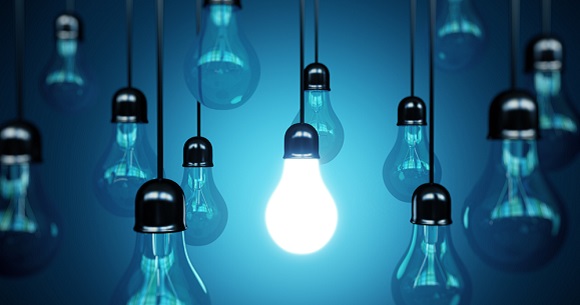Demand for commodities is in the doldrums, but the fundamentals of uranium and lithium are favorable when compared with other materials, says Paul Renken, mining analyst for VSA Capital Ltd. In this interview with The Energy Report, Renken notes that rising demand for batteries will soon exert pressure on lithium production capacity and that well-placed uranium juniors are in position to meet demand from nuclear power plants now in development. Investors must be patient, but diligent selection will be rewarded.

The Energy Report: Are existing and projected supplies of lithium sufficient, given the building of the Tesla Motors Inc. (TSLA:NASDAQ) Gigafactory and the other battery manufacturing facilities that have been announced?
Paul Renken: Production capacity will be more than adequate for the factories for one to two years, but we do have concern about the actual availability of the lithium to put into these batteries as the market gets going.
A few press releases were published recently concerning growth or projected growth in lithium battery demand because of the rapid fall of photovoltaic (PV) costs. PV growth will increase demand for wall-mounted power cells for residential and commercial use, particularly in more developed economies like Japan, Germany and Scandinavia. If that happens, we’ll need these factories for sure, and more still because we think commercial viability and consumer acceptance is going to pick up rapidly.
TER: Do domestic juniors have an advantage over imported materials based on their logistics and regulations?
PR: It comes down to who can deliver into the supply chains. From mine production, to battery fabrication, to the end manufacturer and distributor of the power cells, the closer you can be to the various components of the overall storable power module in lithium batteries, the greater your advantage.
There are going to be some regulatory hurdles to overcome where countries will be protecting their resources. We already see that in places like Argentina and Bolivia on brine-based lithium projects. So those will always be a concern, but as a general matter, the closer the mine is to the battery fabricator, the better.
TER: Should investors be concerned about the difference between lithium carbonate and lithium hydroxide or brine and hard rock?
PR: In those two compounds, the chemical plant will ultimately be configured according to the end need from the actual battery utilizer. The producer will supply a lithium-bearing concentrate one way or the other and it will then go to this chemical plant, which will convert that into the battery-grade carbonate or battery-grade hydroxide.
Right now hydroxide is the more valuable of the two compounds, but that doesn’t necessarily mean it will stay that way. There isn’t yet a standard as to what the overall chemistry of these batteries will be. There are at least four different chemistries within lithium storage batteries that are vying for consumer acceptance at commercial scale.
As far as whether it should be brine or hard rock, both types of lithium deposits have their benefits and their drawbacks. It’s going to come down to who can provide it, or the economics for each situation. The investor will have to judge those circumstances as they develop.













Leave A Comment